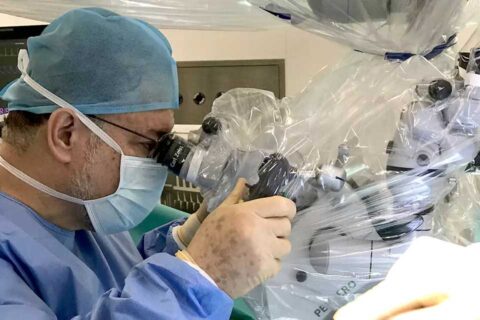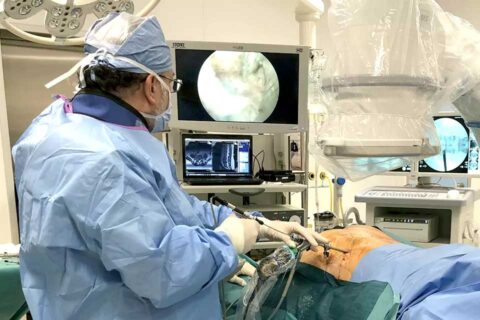In minimally invasive surgery, doctors use a variety of techniques to operate with less damage to the body than with open surgery. In general, minimally invasive surgery is associated with less pain, a shorter hospital stay and fewer complications.
Laparoscopy — surgery done through one or more small incisions, using small tubes and tiny cameras and surgical instruments — was one of the first types of minimally invasive surgery. Another type of minimally invasive surgery is robotic surgery. It provides a magnified, 3D view of the surgical site and helps the surgeon operate with precision, flexibility and control.
Continual innovations in minimally invasive surgery make it beneficial for people with a wide range of conditions.



